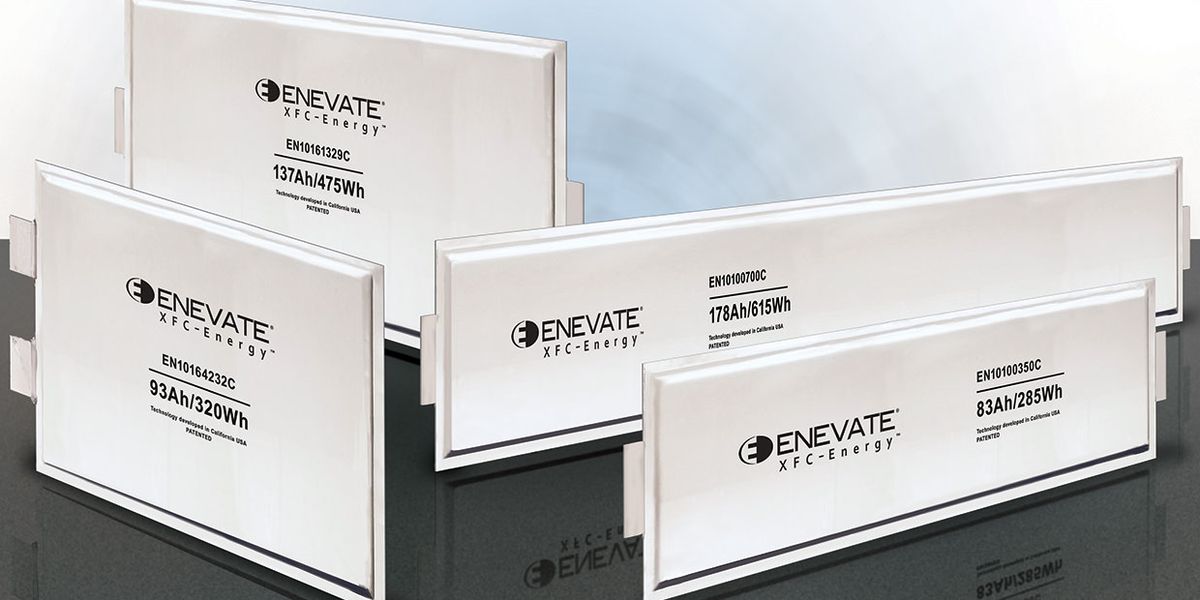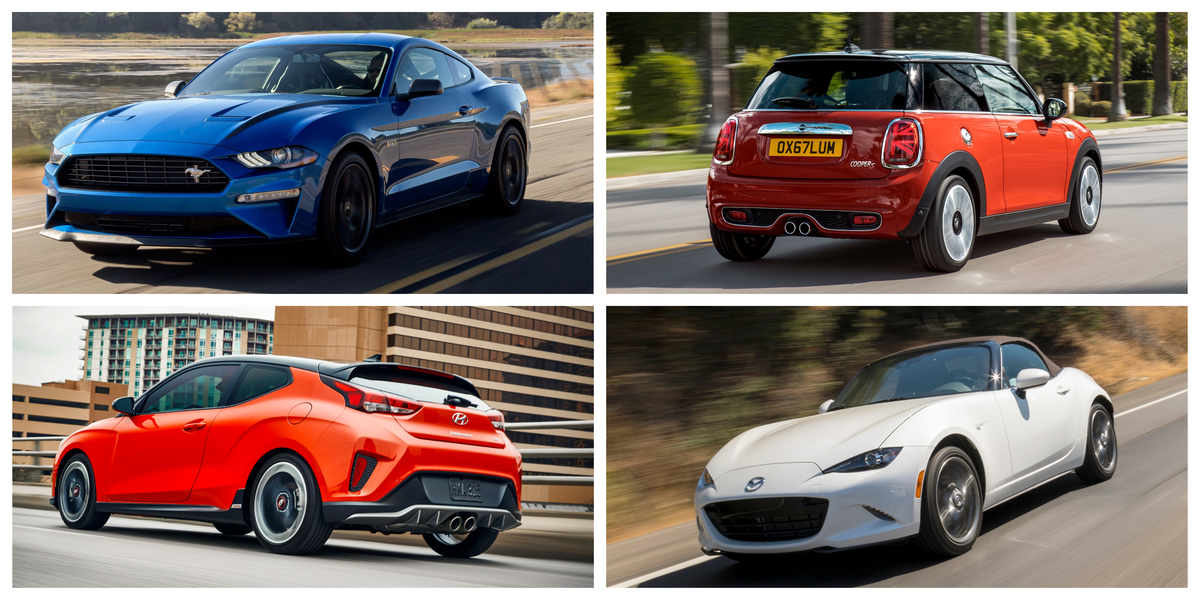Let's dial back our daydreams about solid-state batteries and look at some short-term advancements that could be heading towards future Toyota/Lexus EVs.
As you probably know, Toyota has the biggest battery partnership for its future EV lineup, striking deals with Panasonic, CATL, and BYD, three of the largest battery suppliers in the world. Yesterday, Toyota finalized the deal with BYD to create its third JV in China: BYD-Toyota. The JV will focus on BEVs only. Toyota will be producing BEVs based on BYD's e-platform and co-develop battery technologies.
Why is this JV so interesting? It's because of BYD's choice of battery chemistry. BYD has been the biggest proponent of the tried-and-true lithium iron phosphate (LFP) chemistry and is by far the largest manufacturer of LFP batteries. The main advantage of LFP vs. NCM (nickel-cobalt-maganese) is safety and cost:
>> NCM chemistry could undergo thermal-runaway at as low as 200 degrees C. While LFP is stable up to 500 C.
>> NCM will explosively destruct after thermal-runaway, with heat ramping up extremely fast leaving passengers little time to evacuate. LFPs will burn gradually with milder heat generation.
>> NCM cost is very unstable due to vulnerability of Cobalt supply: 60% of world's Co is produced in DR Congo, making it a conflict resource. LFPs only require good old iron. LFP is up to 30% cheaper per kWh.
>> NCM accounts for 86% of EV fires in 2019, whereas LFP only accounts for 7%. That is a number that's hard to dispute.
>> LFP batteries have twice the durability of NCM (over 3,500 full cycles vs. less than 2,000) at similar C-rate.
On the other hand, NCM is significantly more energy dense than LFP, which is the main reason most of BYD's competitors have moved to NCM. BYD's insistence on LFP is due to its heavy involvement in the commercial EV market: most of China's vast electric bus and taxicab fleet uses BYD's LFP batteries, due to their excellent reliability and low cost. Compared to LFP:
>> NCM532 (most mature) is 20% denser.
>> NCM622 (the new mainstream) is 40% denser.
>> NCM811 (the cutting edge) is up to 75% denser.
However, BYD recently introduced the 'blade battery' format. Basically, it's a very thin, blade-like battery cell up to 60 cm long but only 2 cm thick. This drastically increase its energy density and through cell-to-pack (CTP) packaging, BYD's latest LFP battery packs has comparable energy density to a typical NCM622 pack. Compared to cylindrical and prismatic cells, the blade format is much easier to adopt CTP. BYD also claims the battery lasts over
1.2 million kilometers.


In third party testing, the new blade LFP battery is proven to be by far the safest, surviving the piercing test with no explosive thermal run-away after
one hour (the surface is only lukewarm). The NCM cell suffered explosive failure within seconds while a regular prismatic LFP cell caught fire in less than a minute.
The new blade battery will be used on BYD's flagship Han BEV with similar size to the Tesla Model S. It has a 550kg pack with 77kWh, for a energy density of 140Wh/kg. The car starts at just RMB 300k ($ 43k), undercutting even the 50kWh TM3. It also looks stunning:

Now this development will not suddenly make LFP competitive since both CATL and Panasonic have developed NCM811 packs using CTP that achieve nearly 200Wh/kg, maintaining the 40% energy density advantage. It is worth noting, however, that these packs resorted to full aluminium construction to reduce weight, and we know what aluminum plus fire means.
Given Toyota's obsession with safety and reliability, I fully expect them to source LFP blade batteries from BYD, maybe even for Lexus vehicles. The bigger advantage here is cost savings, as BYD estimates the new format to reduce cost to 50% of NCM packs at the same capacity.





